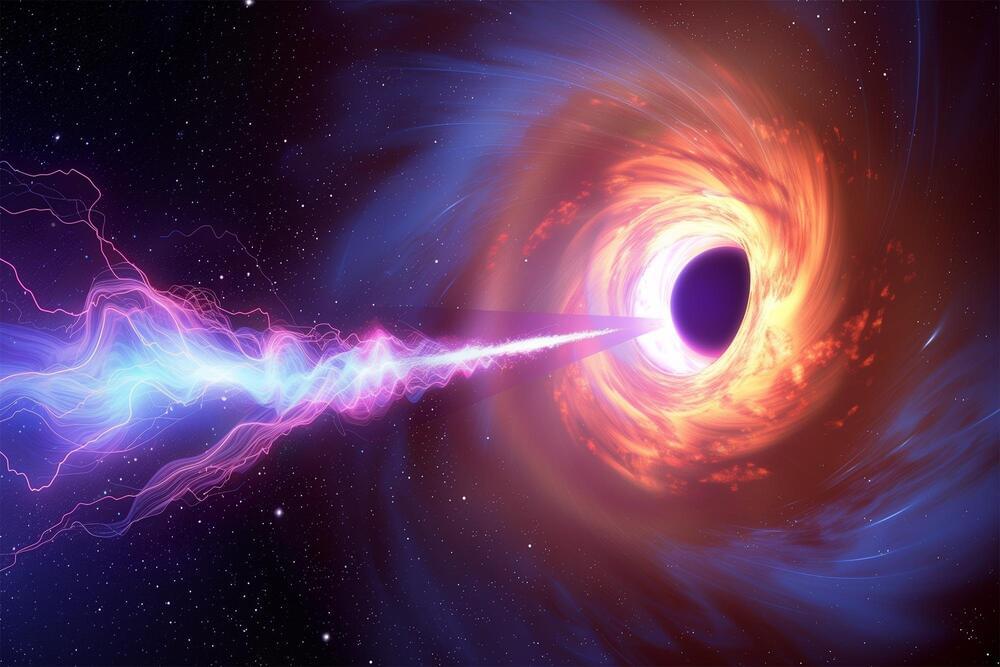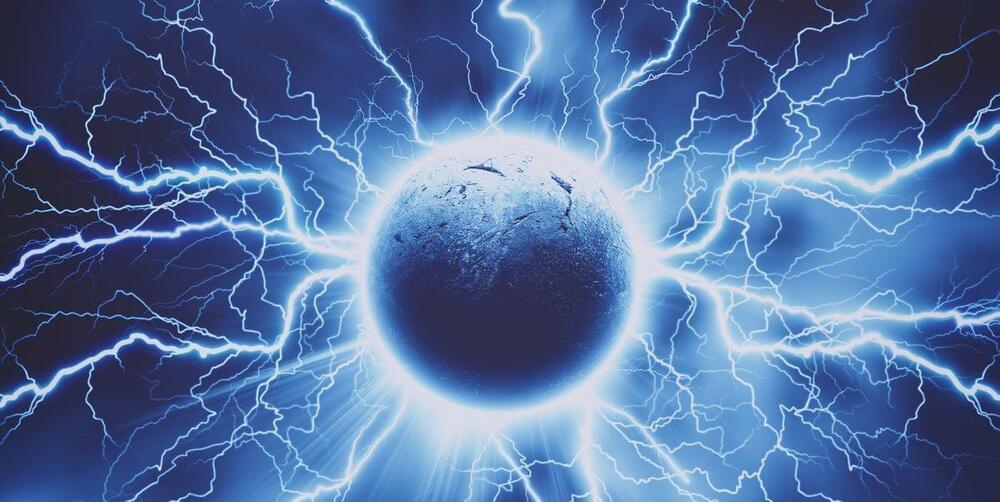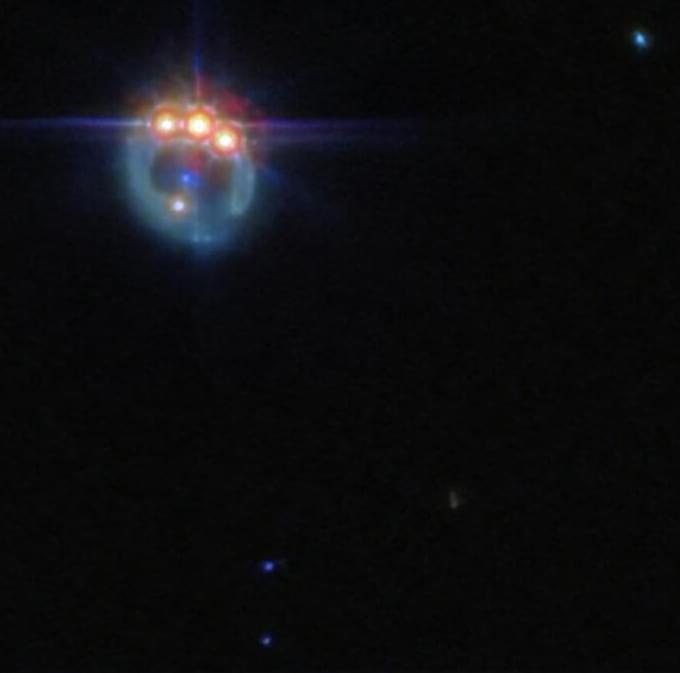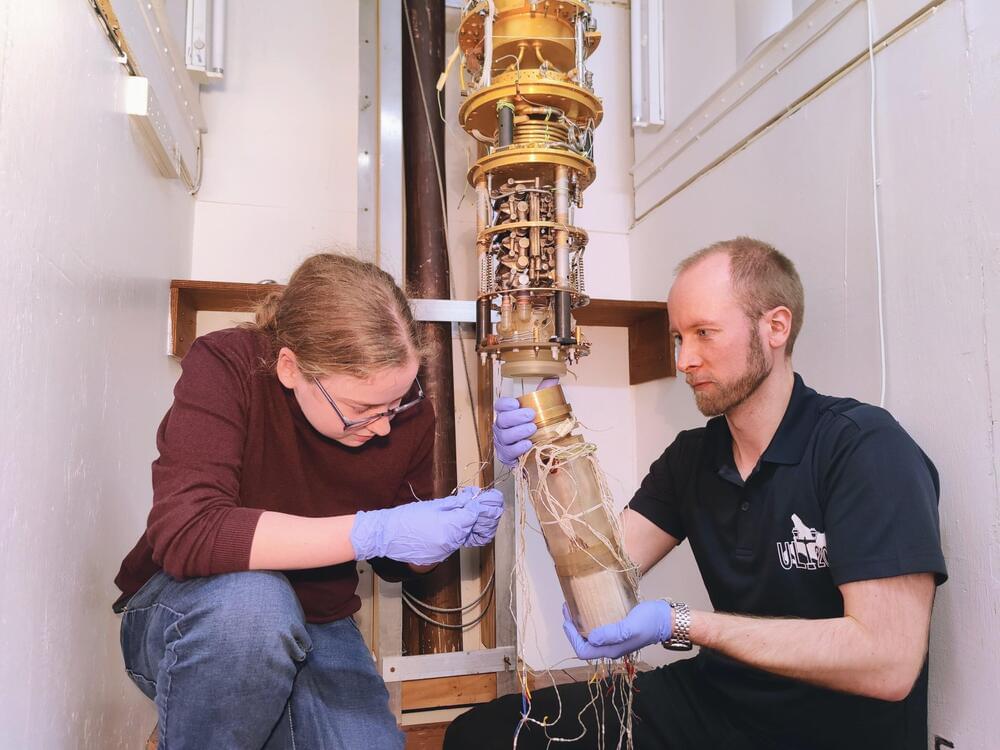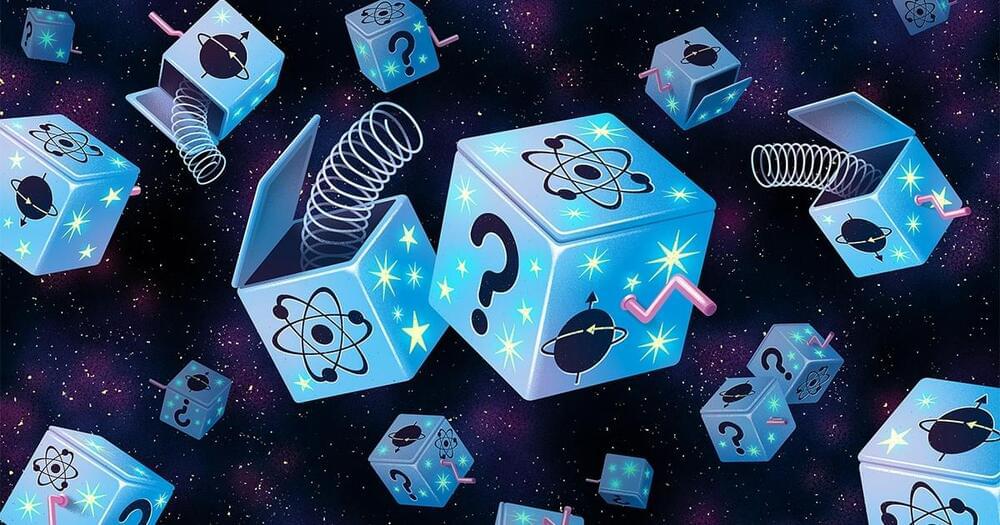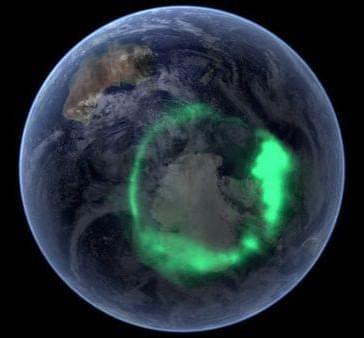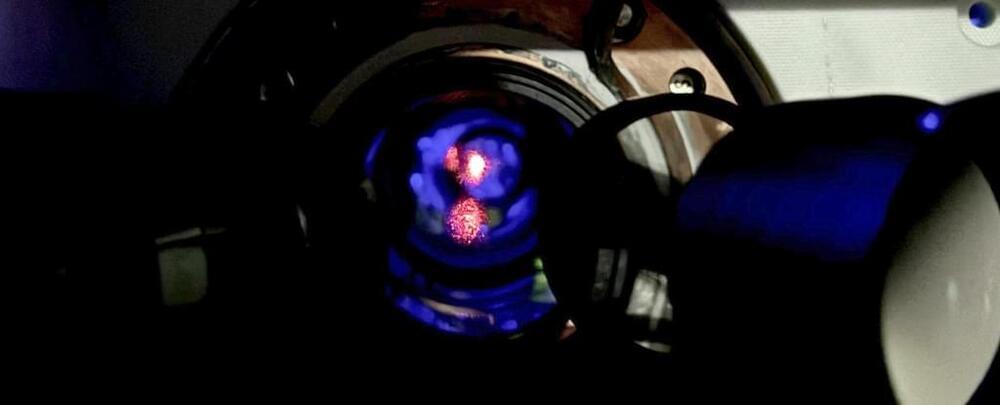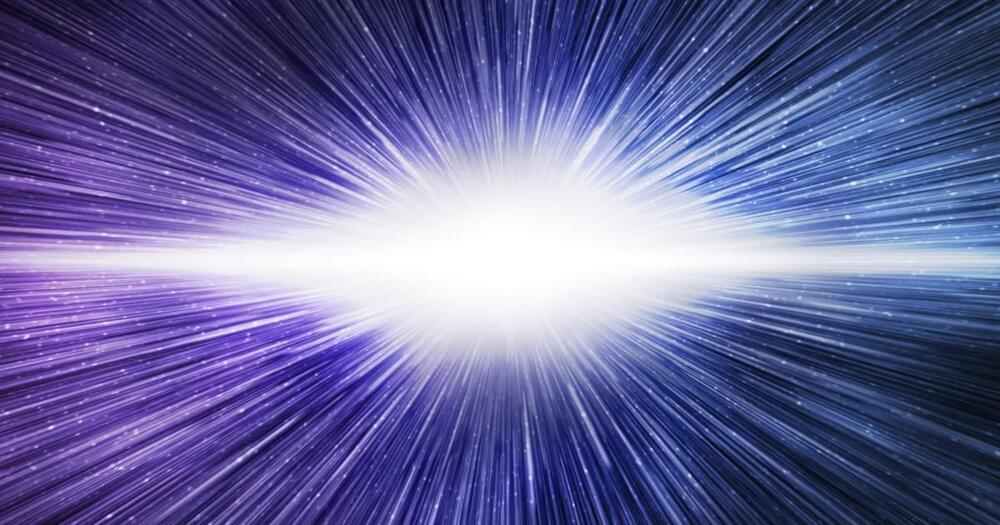Jul 6, 2024
Matter/Antimatter Black Hole Jets Recreated in CERN’s Laboratory
Posted by Saúl Morales Rodriguéz in category: cosmology
The Fireball collaboration at CERN has generated a powerful electron-positron plasma beam to study black hole jets, significantly advancing our understanding of these cosmic phenomena and supporting simulations with experimental data. Credit: SciTechDaily.com.
The Fireball collaboration used CERN ’s HiRadMat facility to produce an analog of the jets of matter and antimatter that stream out of some black holes and neutron stars.
At CERN’s HiRadMat facility, researchers have created a high-density electron-positron plasma beam that mimics astrophysical jets from black holes, providing new insights into space phenomena. These experiments help validate theoretical models with real-world data, paving the way for deeper understanding of cosmic events like black hole jets.
